About Wallis Rigby- Model designer
Interest in war-time airplanes, ships, subs, etc was unbelievable. I would sure like to know how much money the US/UK war-time governments contributed to Wally’s efforts. I’m sure he had the media in the palm of his hand as well.
I’d love to have seen his operation.. Was it just him? I doubt it but looking at his body of work, he couldn't have had much of a staff unless many of his models are lost. He could have had no end of designers who would have chosen creating war models over killing Axis folk. Chip
This week we have the Spaceships book available for download from the Rigby folder. The price is zero, so add it to your online folder if you don't have it already. You should download it if you like it because the contents of this folder changes from time to time. You can find it in the miscellaneous category of your MyModels folder under Wallis-Rigby. |
A brief history of paper models and Wallis Rigby
By: Philip Koopman, Sr.
 Paper models of all types are popular in many countries. Called Paper-Card Modeling in Europe, it spans the range from simple folded-paper darts, to complex three-dimensional models of airplanes, ships and buildings.
Paper models of all types are popular in many countries. Called Paper-Card Modeling in Europe, it spans the range from simple folded-paper darts, to complex three-dimensional models of airplanes, ships and buildings.
During WWII, all materials were in short supply. Those that were available had restricted use. Obviously, toys were at the bottom of the list. These restrictions ruled out metal toys — wood and paper were about all that was available. The U.S. toy makers switched to toys and games that used paper and other non strategic materials. Even here, shortages of printing ink lead to some rather bizarre-colored paper models.
One style of paper-model construction used was developed by Wallis Rigby, an Englishman, who had 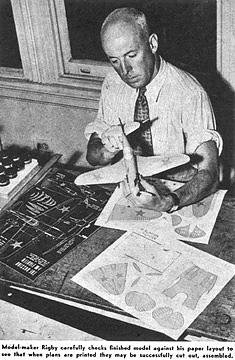 moved his company to the U.S. in the late 1930s. Rigby was internationally known for his paper models of airplanes, boats and trains prior (and during) to WWII. These books featured Tab-and-Slot construction. He is generally credited with this method of paper-model construction.
moved his company to the U.S. in the late 1930s. Rigby was internationally known for his paper models of airplanes, boats and trains prior (and during) to WWII. These books featured Tab-and-Slot construction. He is generally credited with this method of paper-model construction.
Rigby's realistic models gained much publicity during WWII. The wartime demand for toys had to be met with non strategic materials. Paper models filled the void. Rigby's models were published as individual books and boxed sets. And, individual aircraft models, like the Douglas Dauntless, were published in newspapers as part of the colored Sunday Comic Section. This product popularity even led to Newsreel coverage of Rigby, showing the steps used to design, build and fly one of his paper-model airplanes.
Cereal makers, too, felt the material-shortage pinch for premiums. Simplified paper-airplane models, similar to those of Rigby, were used as cereal premiums for General Mills in 1944. Mail in two box tops from Wheaties cereal and you received a pair of paper airplanes. General Mills gave away thousands of these models as part of a nation-wide contest. Backing this was a publicity campaign, showing Veterans in hospitals building the models. A contest held at Nebraska's Boy's Town garnered national Newsreel coverage, too. In all, paper-airplane models gave thousands of kids and adults their first try at model building.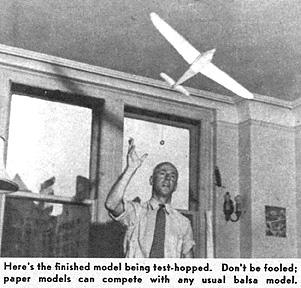
After the end of WWII, material restrictions lifted and toy companies returned to making toys and models of metal, balsa wood and even some of the new plastics. Paper models rapidly disappeared from the U.S. Market. The now-common plastic models replaced the paper airplanes. Only a few publishers continued to print paper models.
It was during WWII that materials were in short for toys. The materials that were available had restricted use. These restrictions ruled out metal toys, thus all that was available was paper and wood.This led to airplanes as well as other toys that were normally made from metals to be prepared with paper or wood. There was also a shortage of ink that lead to bizarre-colored paper models.
Wallis Rigby developed one of the most popular styles of constructions used for airplanes. Rigby was an Englishmen who had just moved his company to the U.S. in the late 1930s. His models were published as individual books and boxed sets.
Some models such as the Douglas Dauntless was even published in newspapers as part of the colored Sunday Comic Section. Rigby’s products got so popular that it even led to newsreel coverage showing the steps used to design, build, and fly one of these paper model airplanes.
They range from simple folded-paper darts to complex 3-demensional models. These airplanes gave thousands of kids and adults their first try at model buildings. After WWII however things returned to normal, and paper models rapidly disappeared. Only a few publishers continued to print paper models afterwards.
NABISCO “FLYING CIRCUS” PAPER MODEL COLLECTION
A group of “Flying Circus” models by Nabisco, dated 1948. Nabisco printed a series of flying models on the shredded wheat separator cards. 24 flying models were issued along with numerous information cards on “how to” make, decorate and fly the paper models. The three cards shown are typical of the style of these cards. These original separator cards are cheap cardboard, grey in color, but heavy enough to make a creditable model.
 |
 |
 |
Wallis Rigby was quite famous for his many lines of paper models, from ships and trains to actual rubber-powered flying models. He was written up in many publications from the 1930s through the 1950s. |
These are just FOUR punchout books Wallis Rigby published....
 |
|
 |
 |
These books are NOT for sale. They are available here for historical and educational purposes |
|
What people are saying:
I remember the Nabisco collectors cards, Tonto and others that separated the layers of cakes in the Shredded Wheat boxes. Raisin Bran also had a series of punch outs that they used to market their product. One was a canon that shot Super Man into space. I have seen sets of the Tonto cards for sale at collectors shows. Lowell
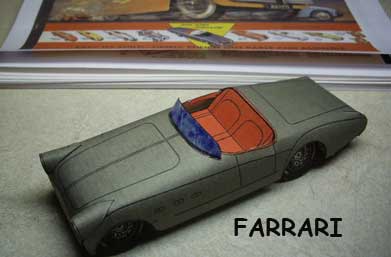 |
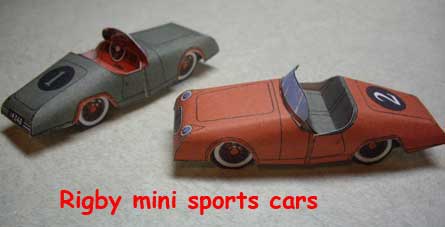 Just to see what the sports cars were like, our in-house model tester and wine taster, Bob Martin, put these together saying they're cute but sure 'ain't what he's used to.' Its best to cut the tabs off and just glue the pieces together Just to see what the sports cars were like, our in-house model tester and wine taster, Bob Martin, put these together saying they're cute but sure 'ain't what he's used to.' Its best to cut the tabs off and just glue the pieces together |
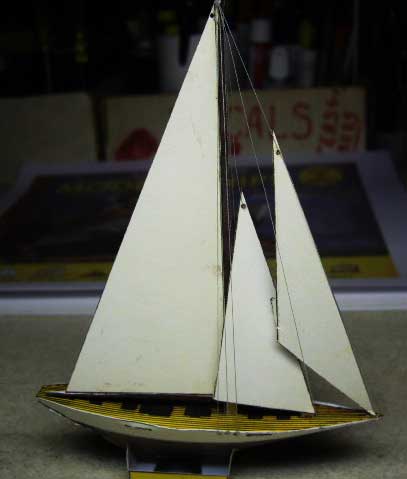 Bob gave the Rigby Racing Yacht a pretty a high score. "Pretty nice for what it is". This from the SHIPS book |
|


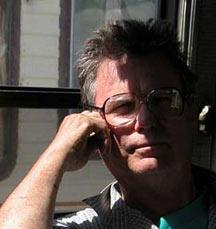 READ-ME first
READ-ME first
